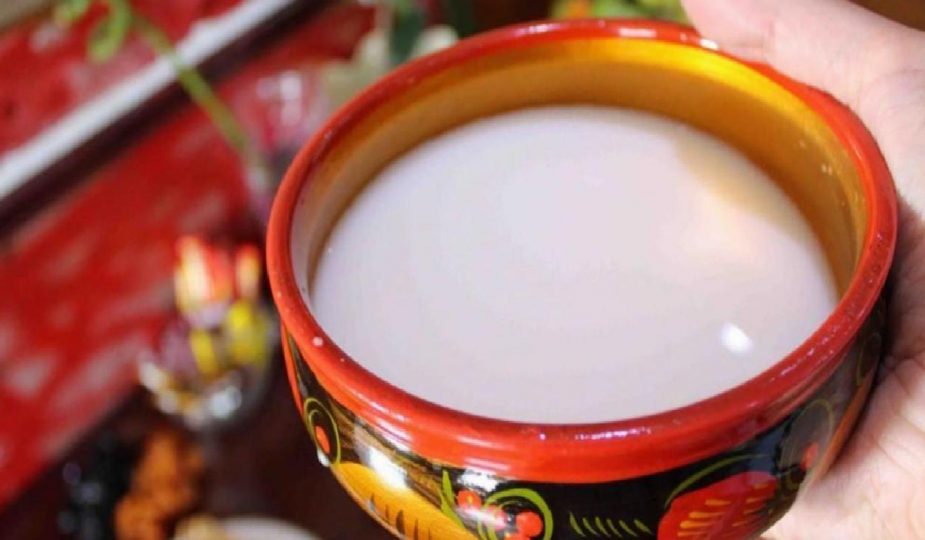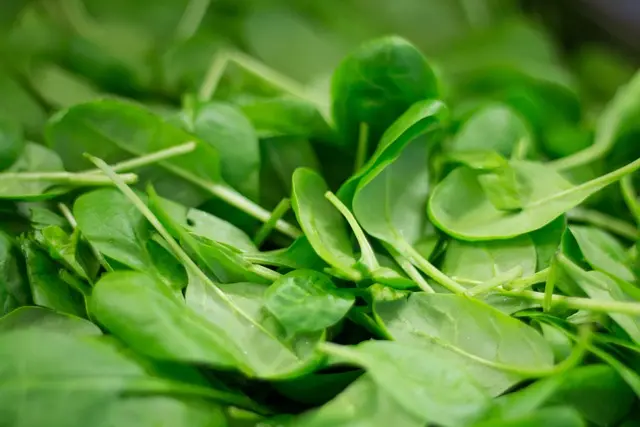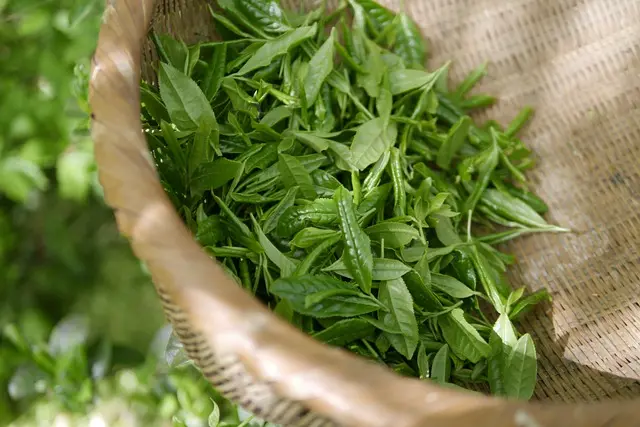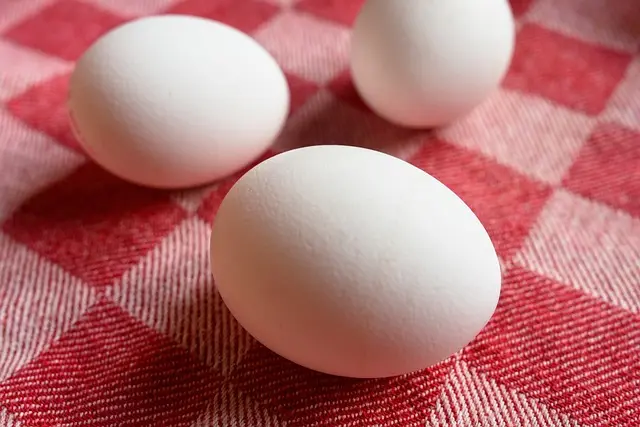
When we say “Kumis”, we think of Kazakh, Kyrgyz, Mongolian and Uzbek peoples from the Central Asian steppes. Although the history of kumis is very old, it is a very important drink today. Especially Turks living in Central Asia still frequently consume kumis. So, what is kumis drink?
What is kumis?
Kumis is a traditional beverage that is produced by fermenting mare’s milk.This drink is an acidic, alcoholic and bubbling fermented milk product. Its taste is sour, and its color is whitish. Compared to milk, kumis has a more fluid and homogeneous structure. There are various microorganisms in kumis yeast. Some of these microorganisms are Lb. casei, Lactococcus lactis ssp. lactis, Lb. Acidophilus, Pichia spp., Rhodotorula spp., Mycoderma spp., and Torula lactis. The sensory properties of kumis vary according to the types of these microorganisms.
What are the types of kumis?
There may be variation in the fermentation time of cumin. According to this period, we can examine the red in 3 groups. These; sweet kumis, medium-hard kumis and hard kumis. Sweet kumis does not have a true kumis flavor and has a small amount of tartness. Medium-hard kumis foams a lot and has a sour taste. Finally, hard kumis foams a little and is a type of kumis with a higher alcohol content.
What are the benefits of kumis?
Kumis has a rich nutritional content. It contains organic acids such as lactic and citric acids, amino acids such as leucine and tryptophan, minerals such as zinc and copper, and vitamin C. In addition, kumis has many positive effects on human health.
- It is good for nausea and treats vomiting. Kumis also has a therapeutic effect on digestive system diseases.
- It has positive effects on the immune system.
- Kumis is used in gynecological disorders.
- It is good for anemia.
- it is appetizing.
- It is good for indigestion and fatigue.
- Kumis can be used in diseases such as tuberculosis and anemia.
- It is used in the treatment of cardiovascular diseases.






